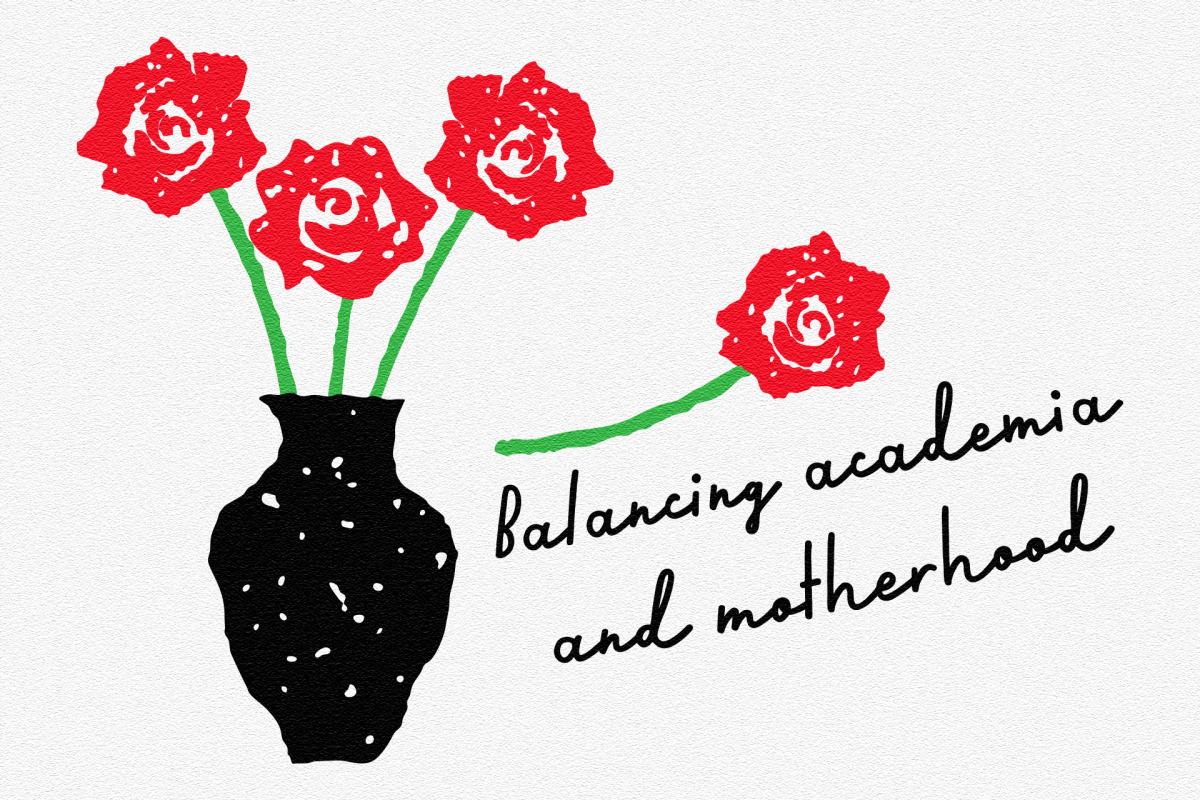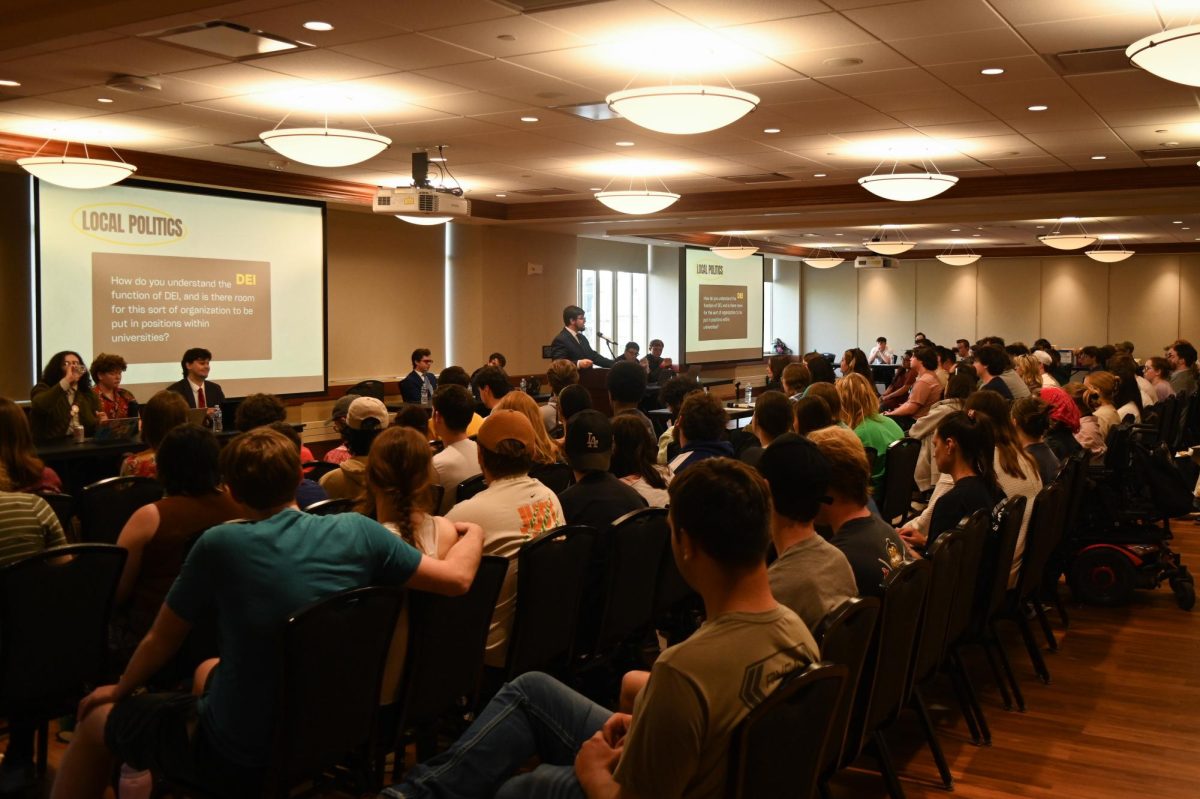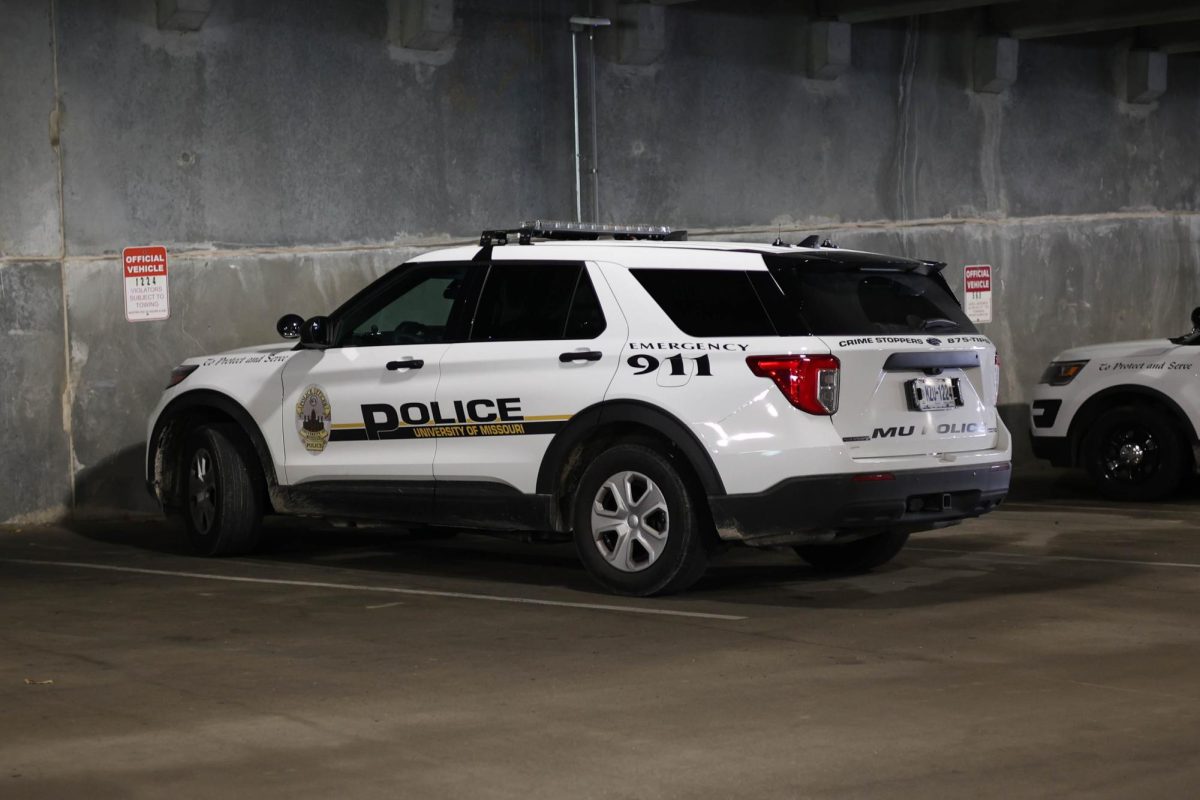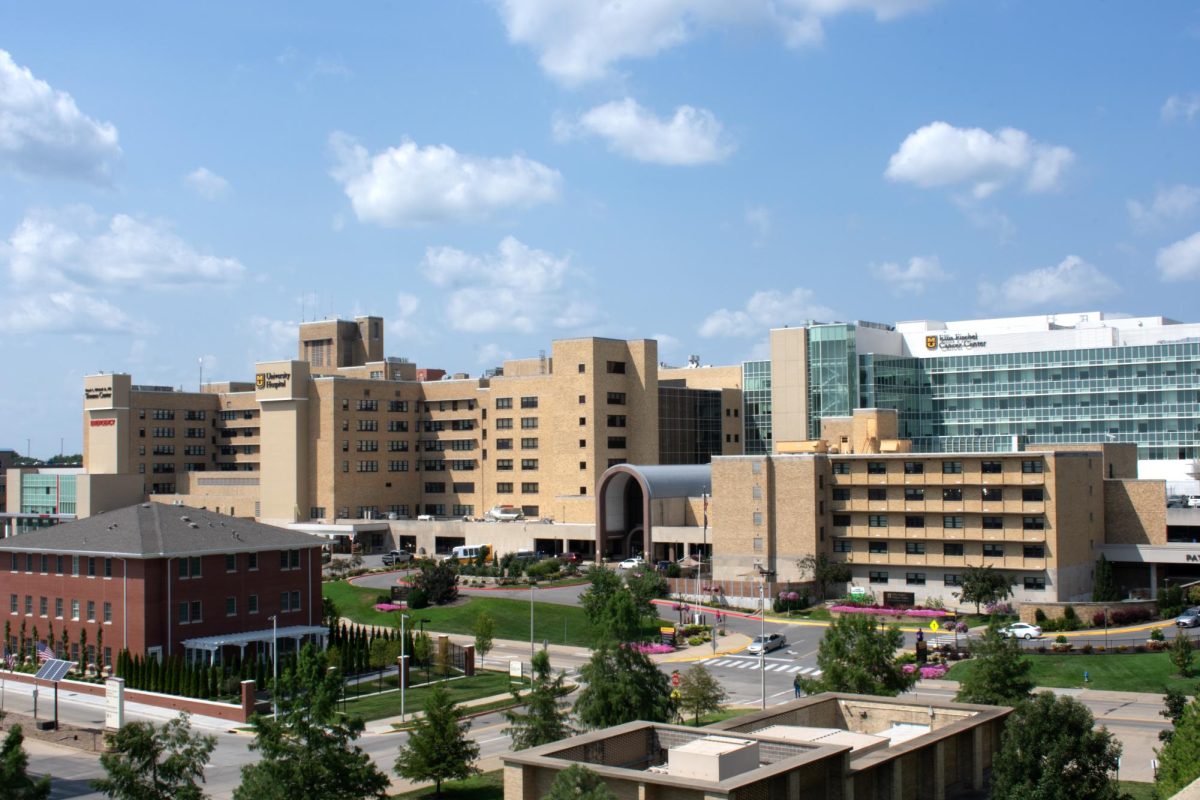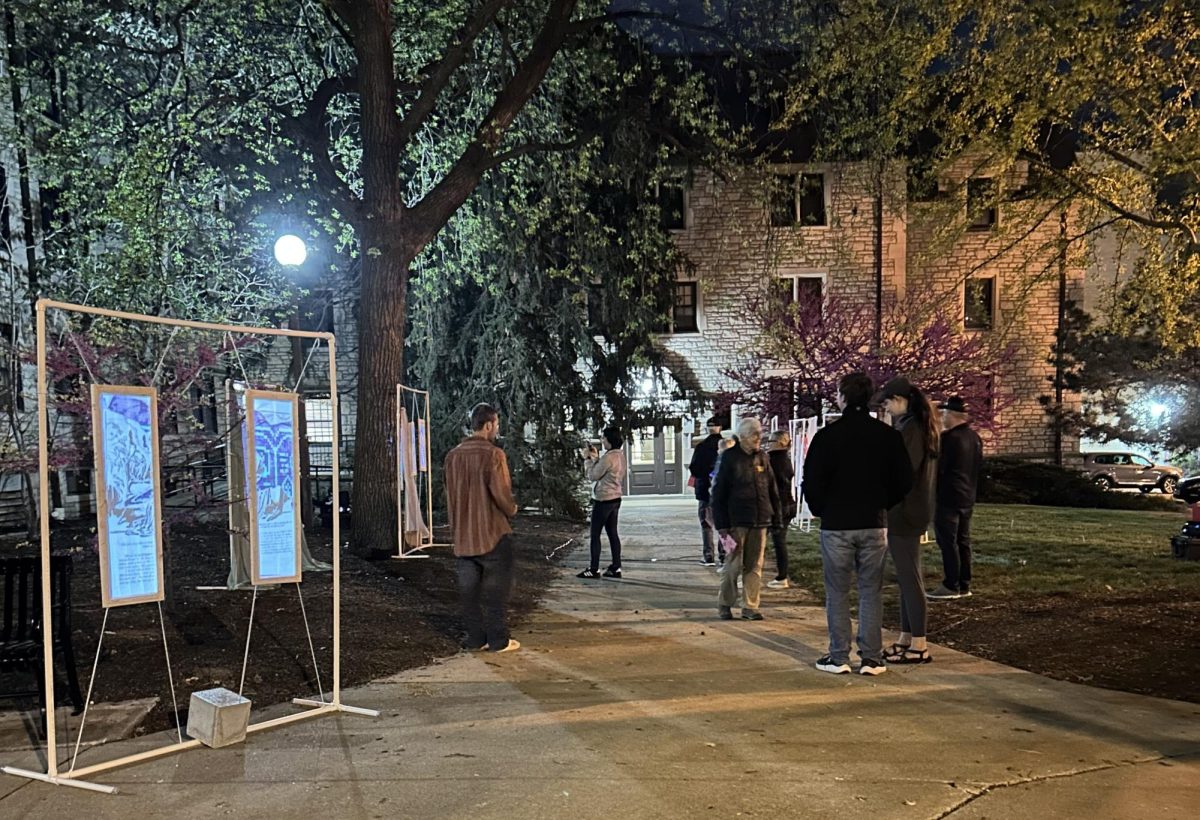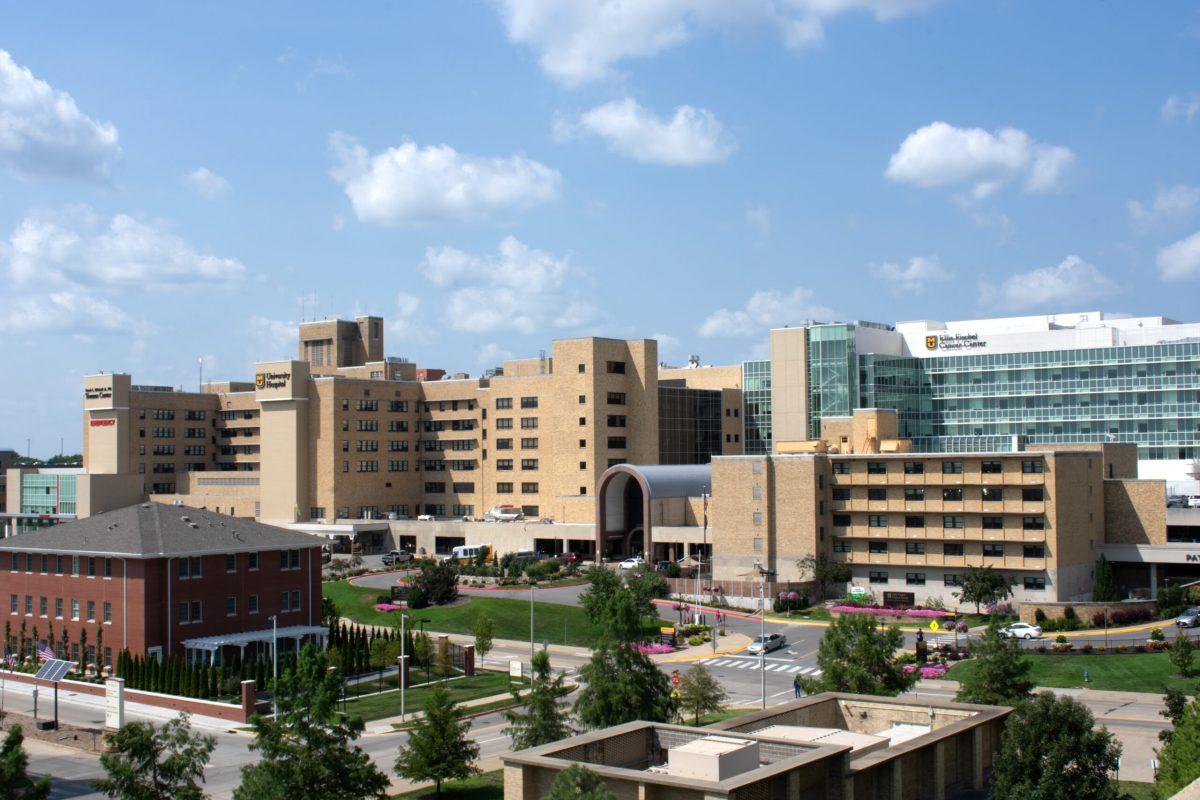A study recently published by a team of researchers at MU found that there is a positive correlation between the level of serotonin in mice and their lick and swallow ability. This is just a part of the larger research Dr. Teresa Lever and her team have been working on.
Dr. Teresa Lever, associate professor of otolaryngology at the MU School of Medicine, is the head of a team of researchers dedicated to studying various treatments for aerodigestive disorders such as Amyotrophic Lateral Sclerosis and Parkinson’s disease, more specifically a symptom common amongst these disorders called dysphagia. Dysphagia is a difficulty in swallowing foods and/or liquids, ranging in mild difficulty to complete and painful blockage of swallowing. According to the American Speech-Language-Hearing Association, one in 25 adults in the U.S. will experience swallowing problems in a single year.
Lever and her team most recently found that mice lacking serotonin in the brain have dysphagia unlike those who have normal levels of serotonin. This study is groundbreaking, creating a more stable standing for use of serotonin as a viable treatment for dysphagia.
“As far as I know, we are the only lab looking at serotonin and swallowing links in people as well as mouse models,” Lever said. “To me, it’s kind of strange no one’s really looked at it.”
Dr. Kevin Cummings, MU associate professor and a part of Lever’s team, also believes that this study creates an opportunity for future discovery in the field.
“I think it opens the door,” Cummings said. “It’s the first step for future studies … that look to boost [patients’] serotonin levels to try to eliminate or at least delay the start of their problems with swallowing.”
This study is just a small part of the research and innovation in Lever’s lab.
Lever is looking at more treatments than just serotonin; she is also looking most notably into electrical stimulation, a targeted shock to specific nerves and brain regions to improve swallowing. The work she has already done has shown promising results, paving the way for future clinical trials for patients with ALS.
“Not only do I think [electrical stimulation] will help slow the progression of dysphagia in ALS and extend survival, I think it probably will translate to many other models,” Lever said. “But it’s going to take different stimulus parameters — different intensity and duration and different targeted location of the electrodes.”
Lever plans to continue testing different possible treatments to see which works best for each individual patient instead of the blanket treatment used in clinical practice now. She plans to translate her research with mice to clinical practice.
Some of the problems Lever faced were the sedated pace of analyzing the video-based data and the fact that the instruments she hoped to use were built for humans. They were much too powerful and too large to use on smaller animals like mice.
“It’s a big bottleneck in our discovery process,” Lever said.
Therefore, she had to adapt. Collaborating with MU engineers and others, a tiny endoscope and X-ray machine among other tools were customized to be able to see video of the mice swallowing and inside the throat of the animals. She then worked with the MU School of Electrical Engineering and Computer Science to develop software that would provide objective data instead of subjective data relating to how long it takes the jaw to open and how long it takes vocal cords to close — data unobtainable until now.
The software also expedited and revolutionized the process by analyzing the data within minutes instead of a team of researchers having to look frame by frame at the footage. Lever and her team also created an endoscope that stimulates the throats of those she is testing. It blows a puff of air, causing a systematic and reliable way to close the vocal folds and see possible problems with swallowing.
Lever emphasized that this is not only an effort on her and her team’s part, but also an effort of the school as a whole.
“It’s not just me,” Lever said. “It’s interesting to see that my research is evolving back and forth between the lab and clinic, and it’s because we have the ability on a campus like this where we have a medical school and veterinary campus and engineering school and meeting of the minds in between.”
_Edited by Alex Fulton | [email protected]_


